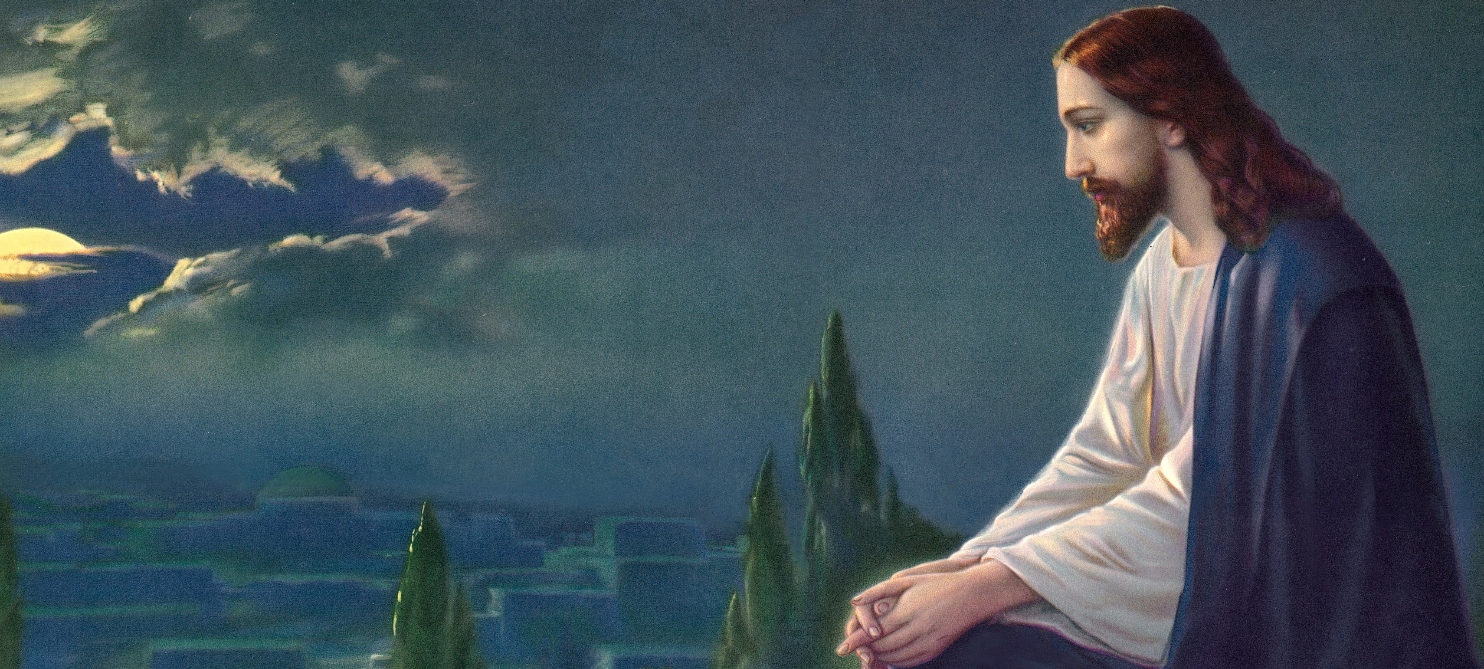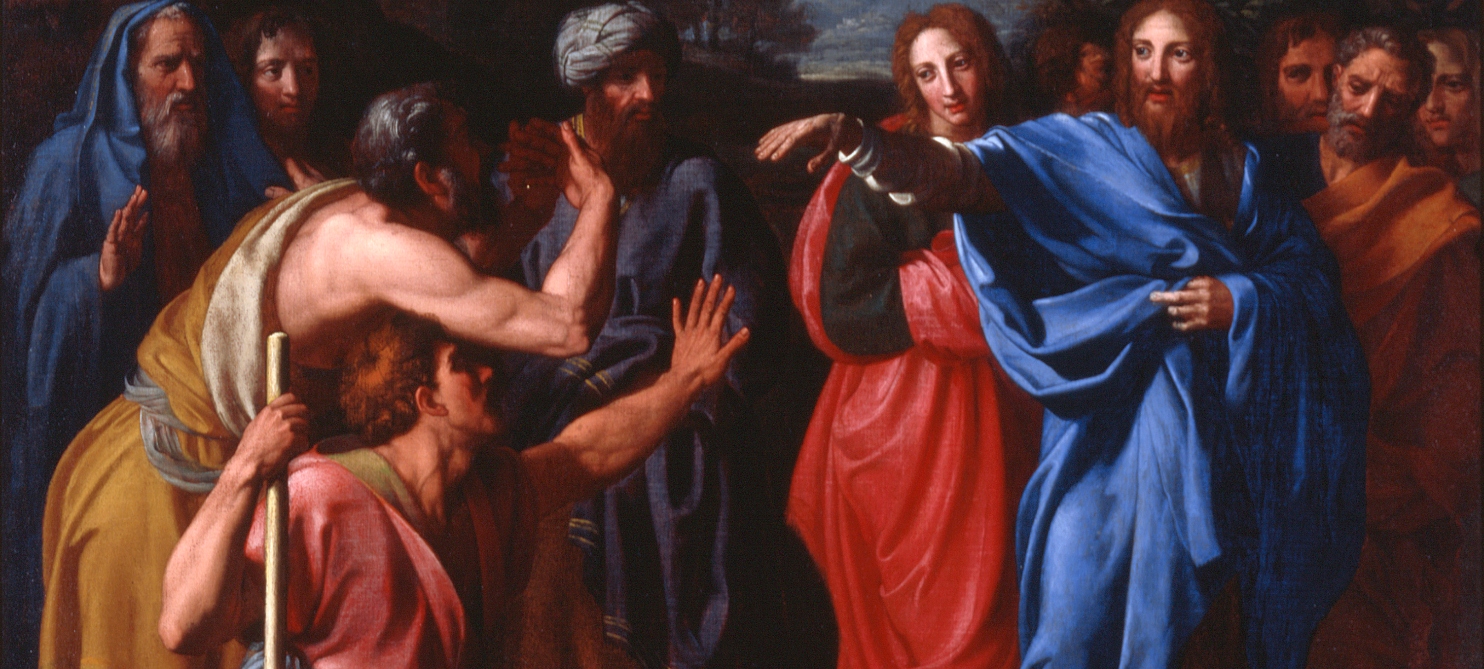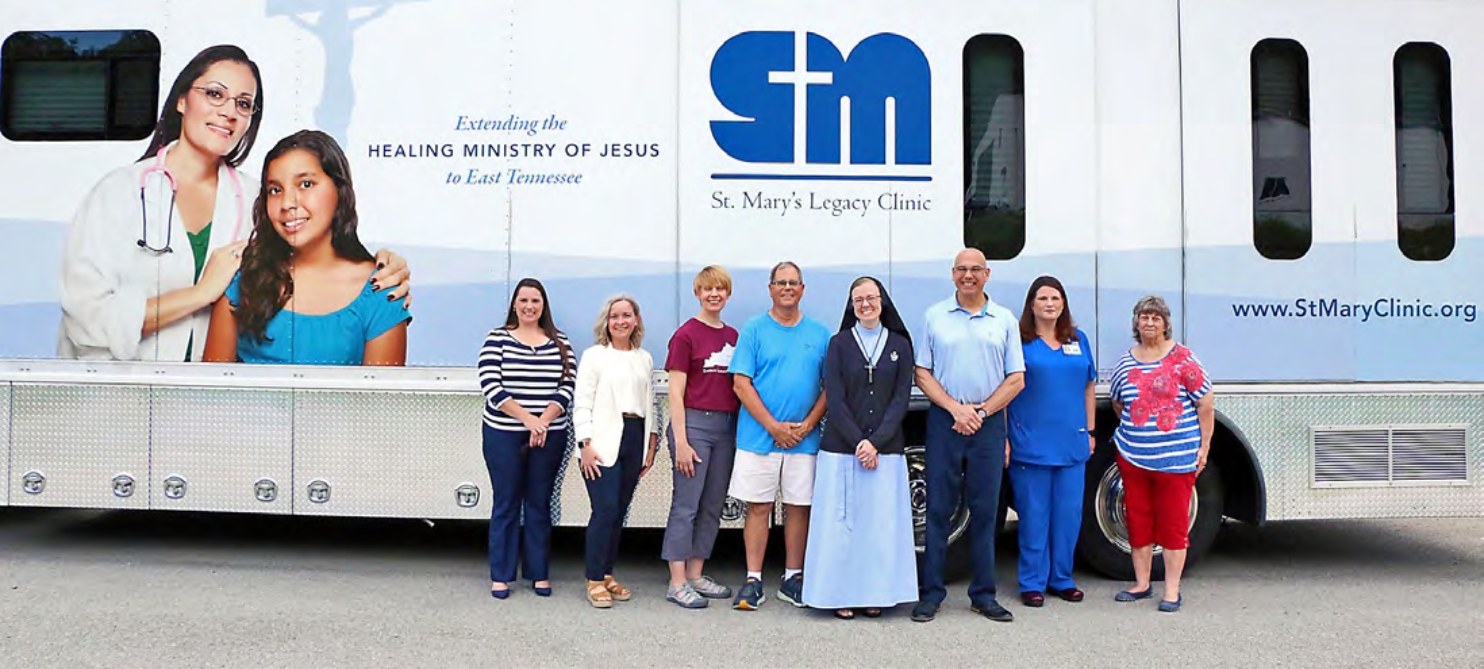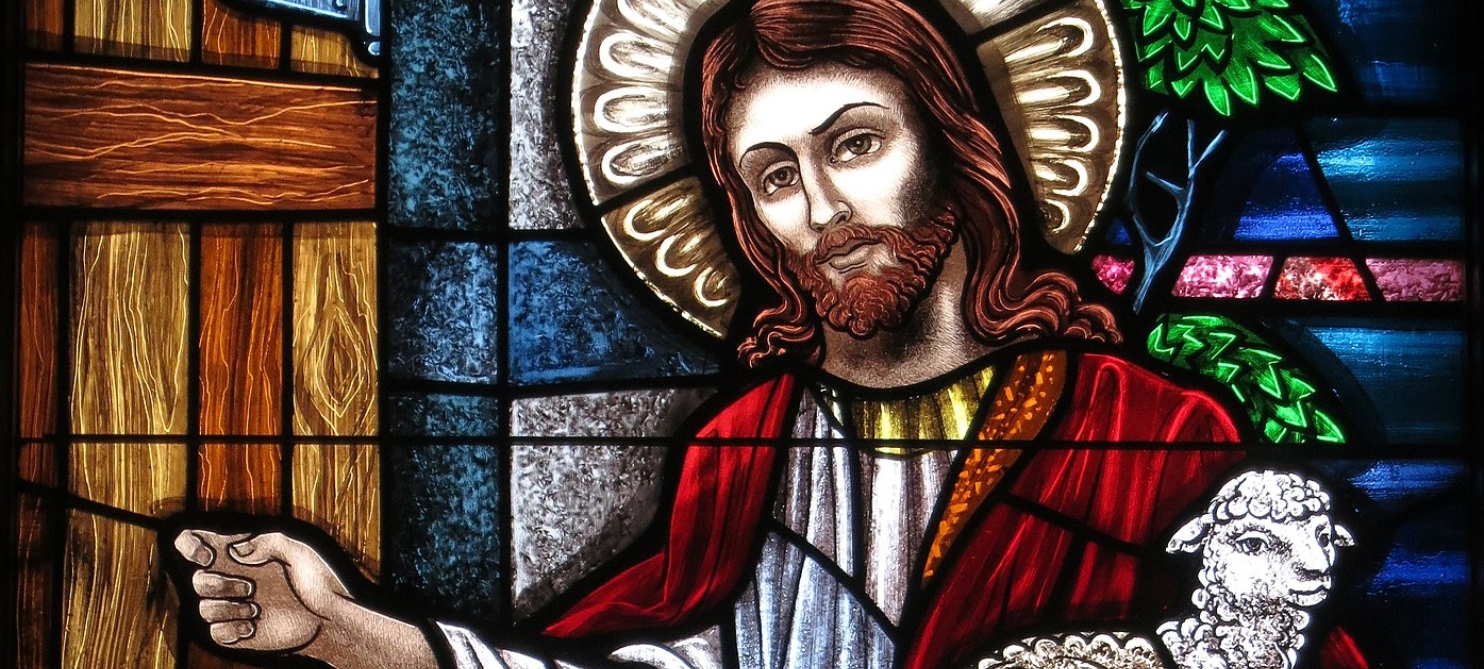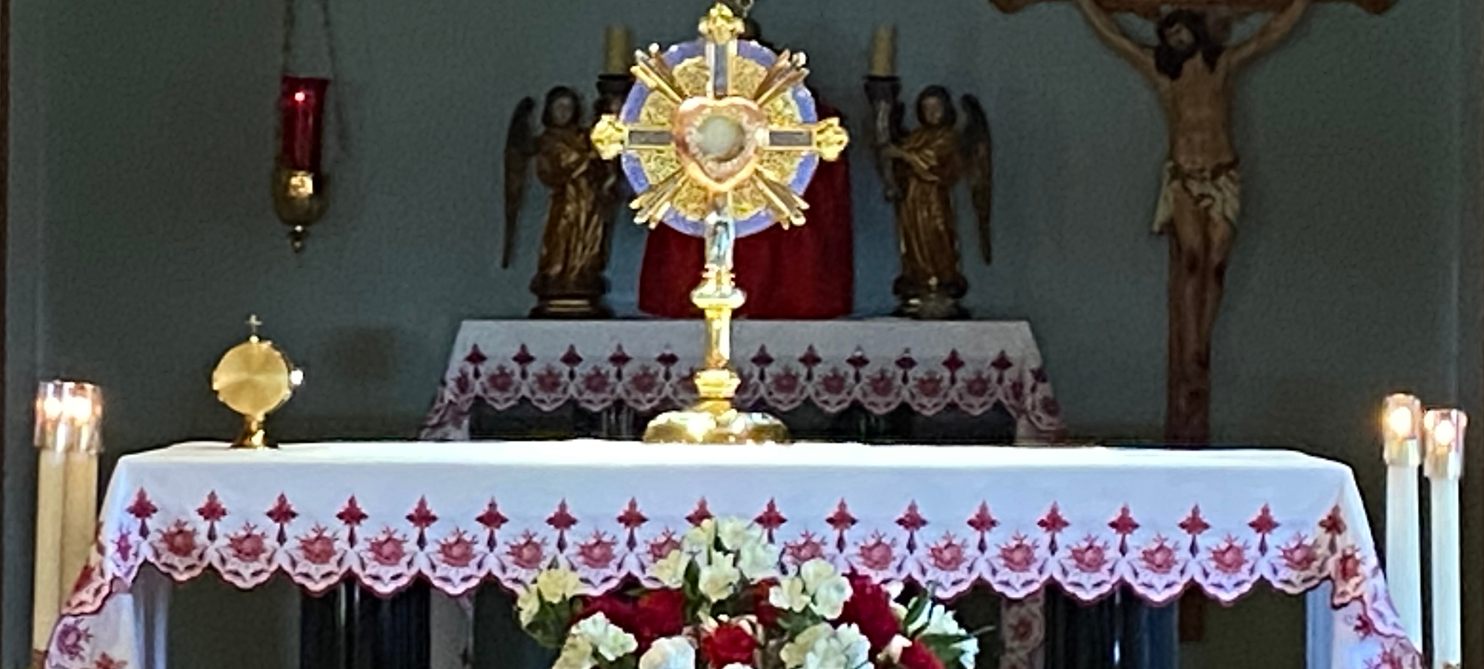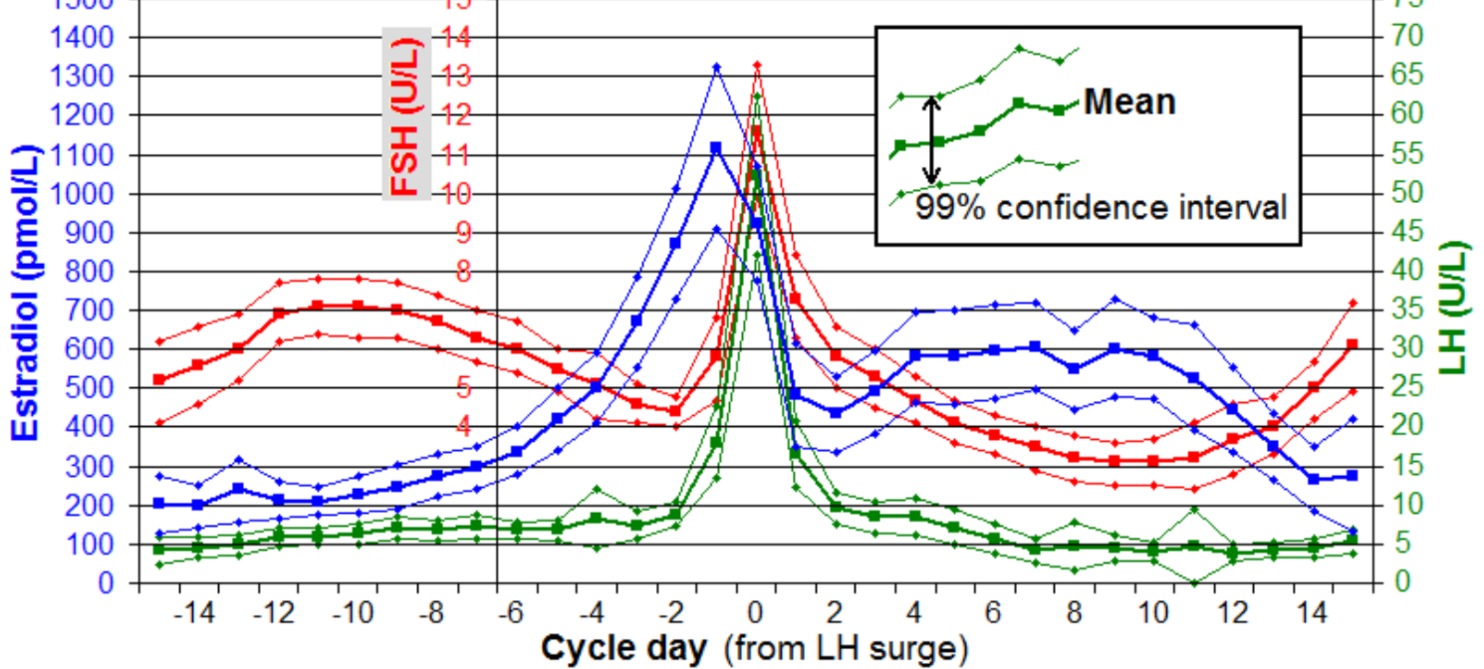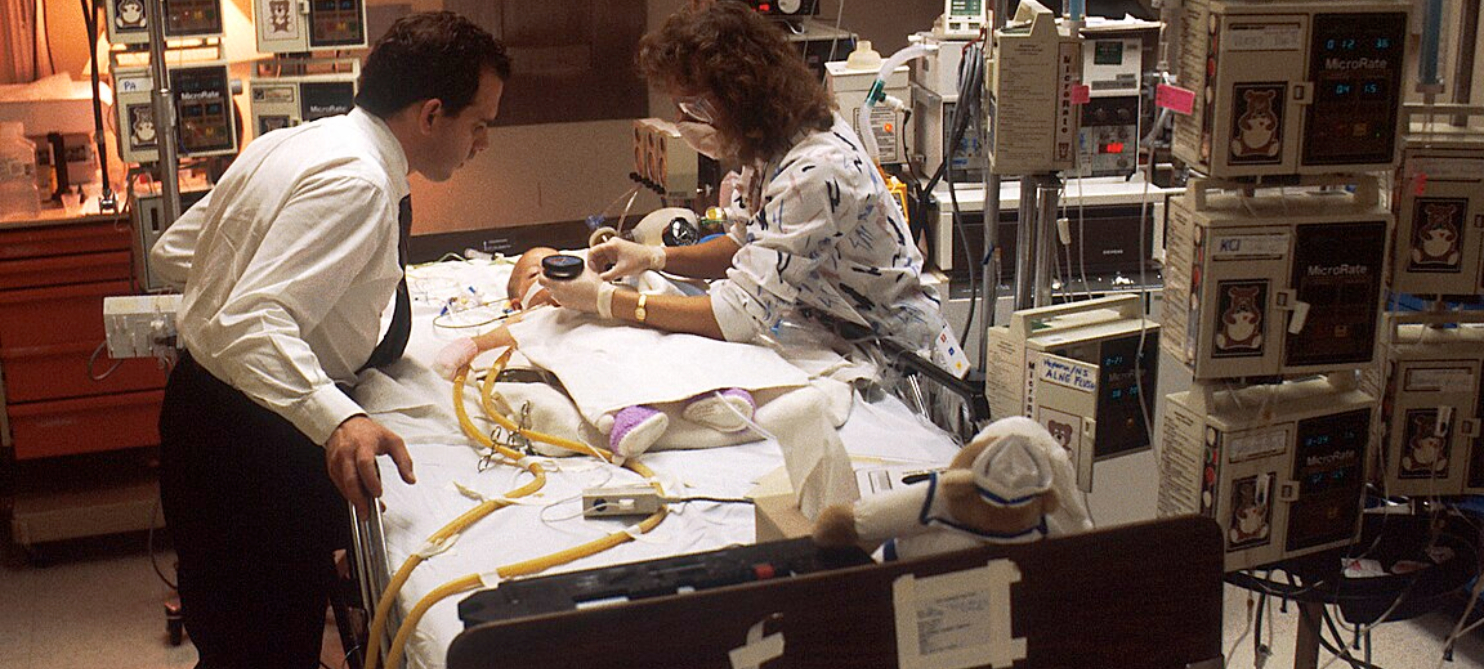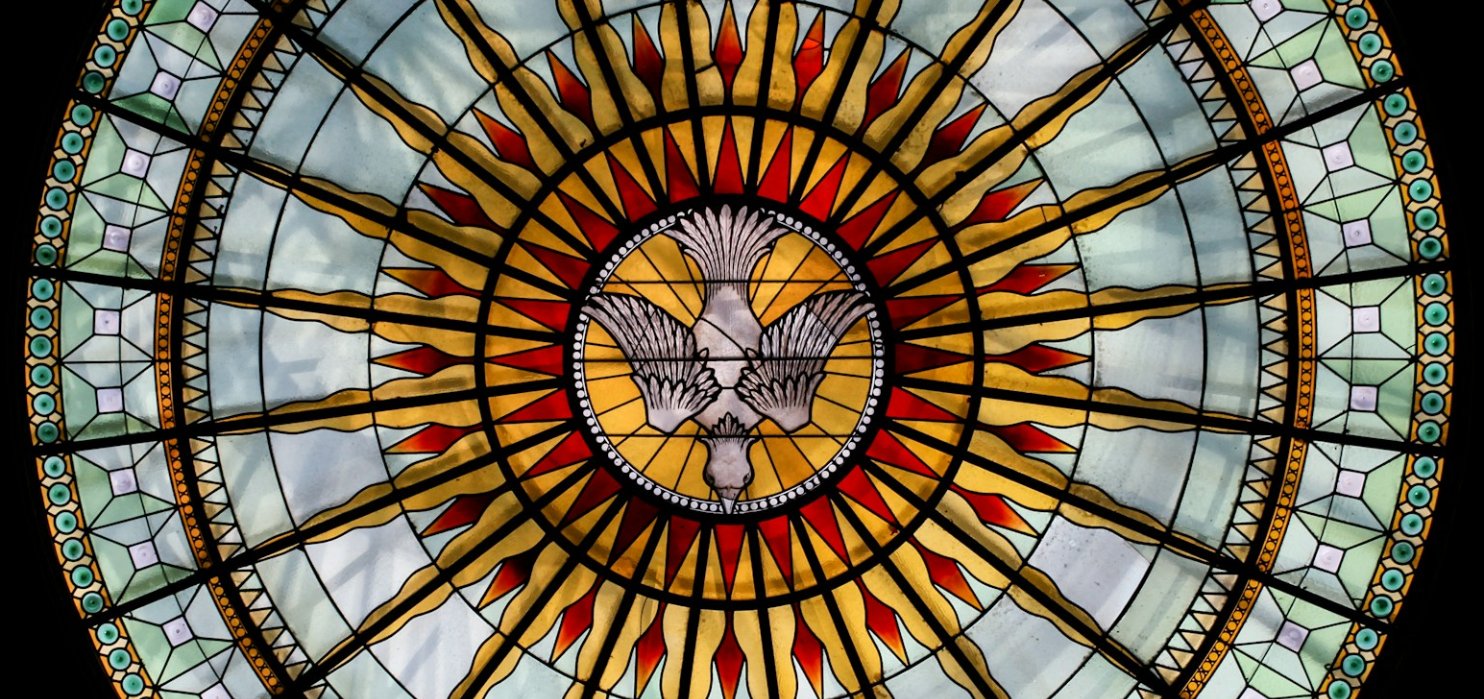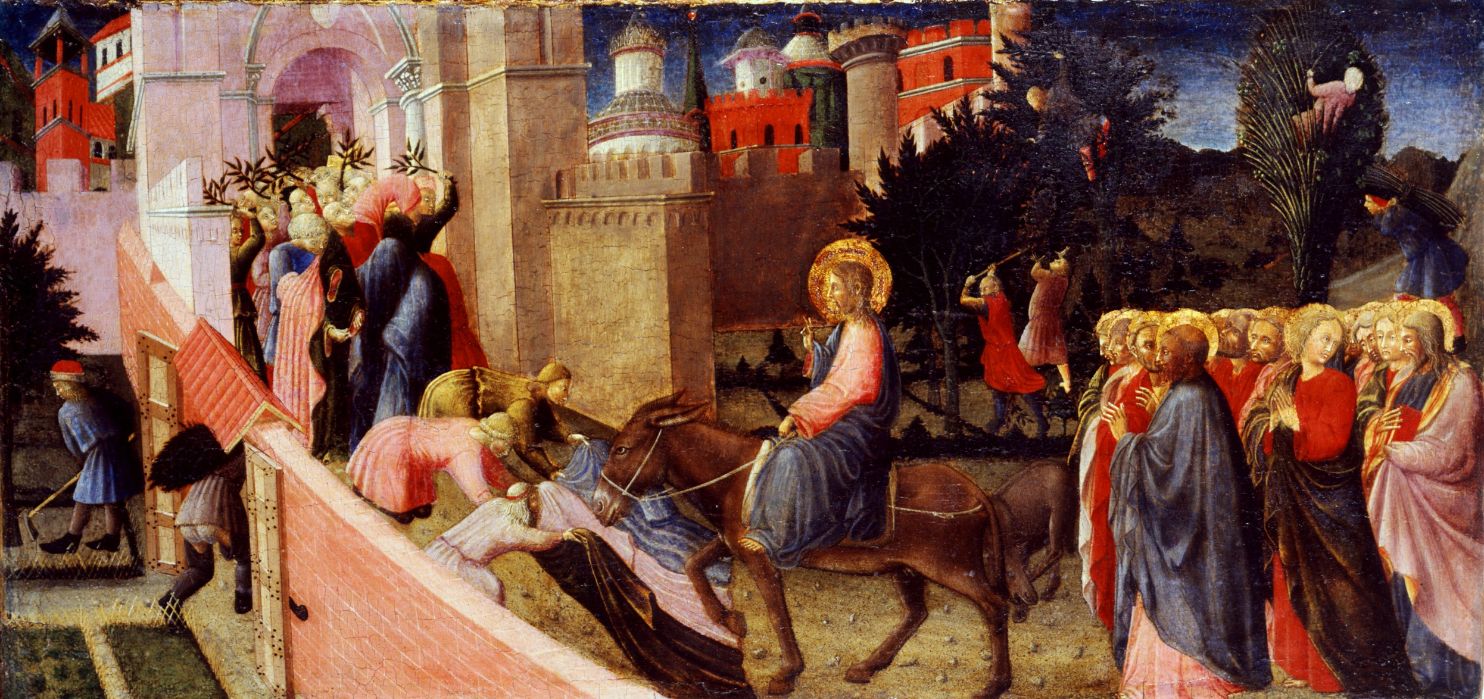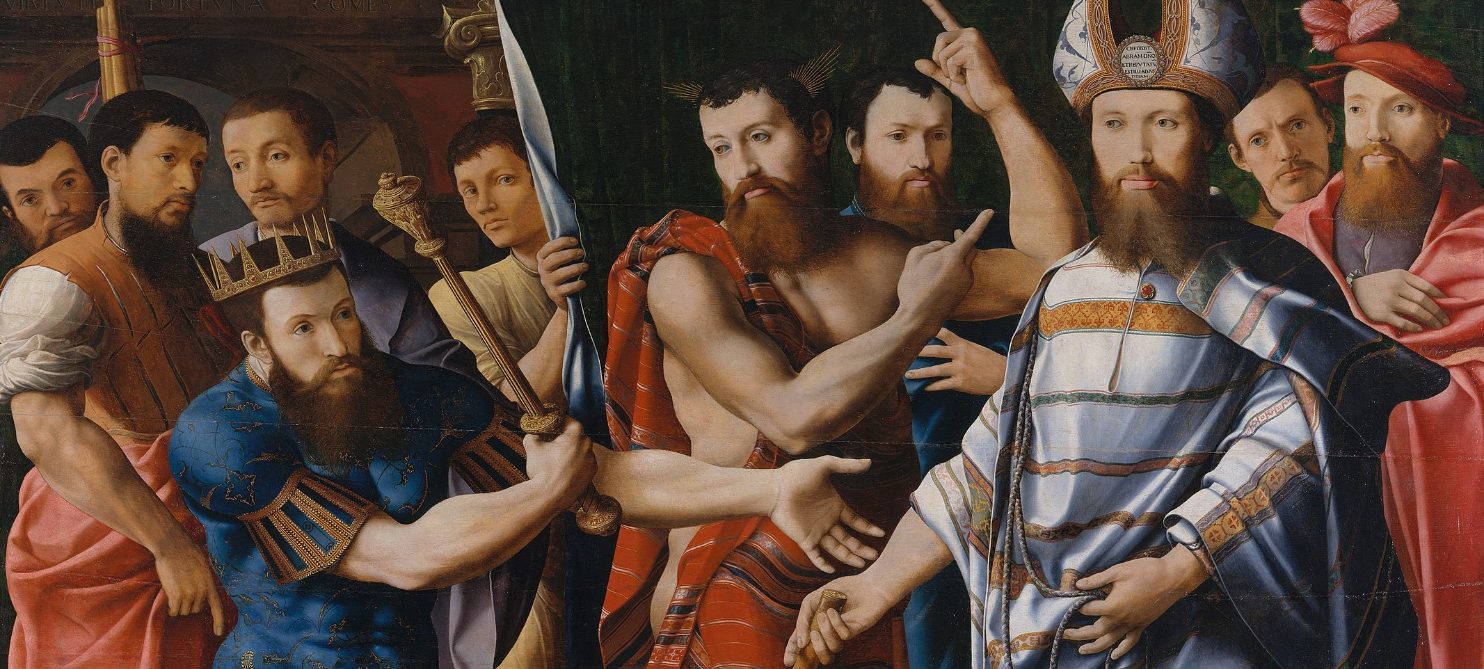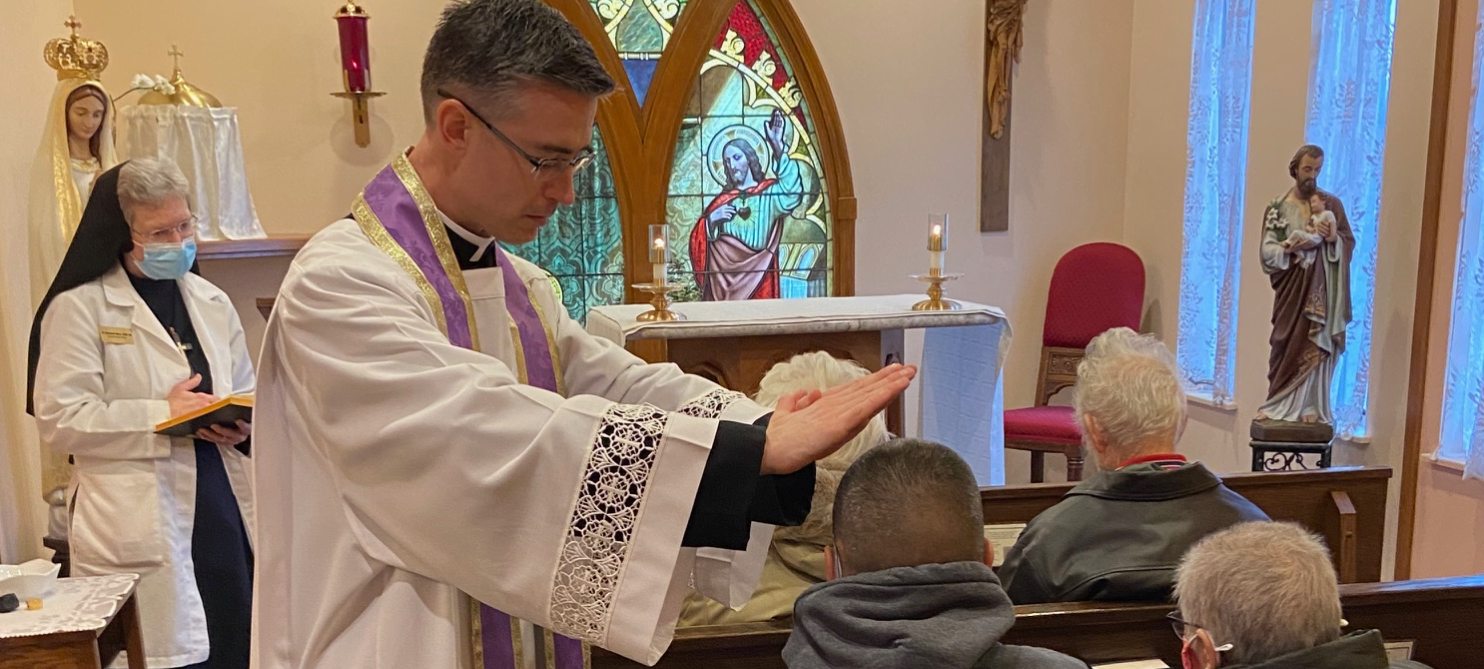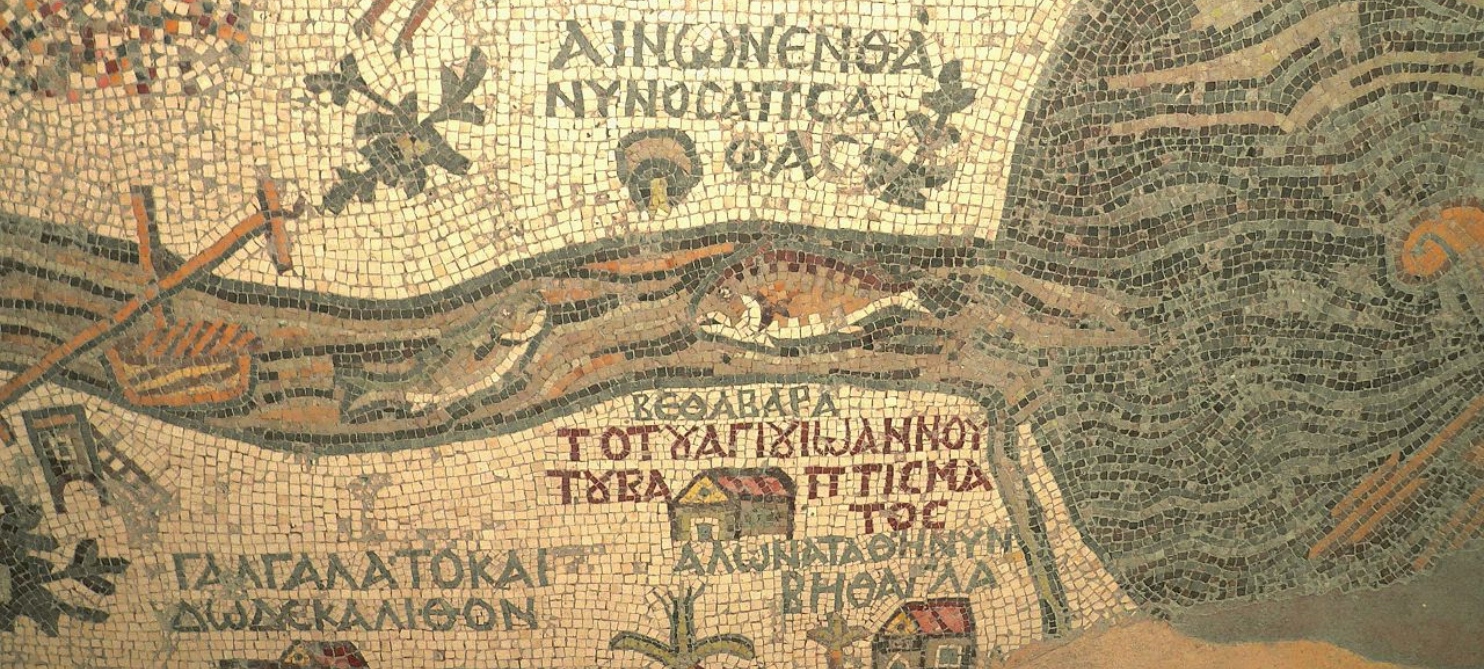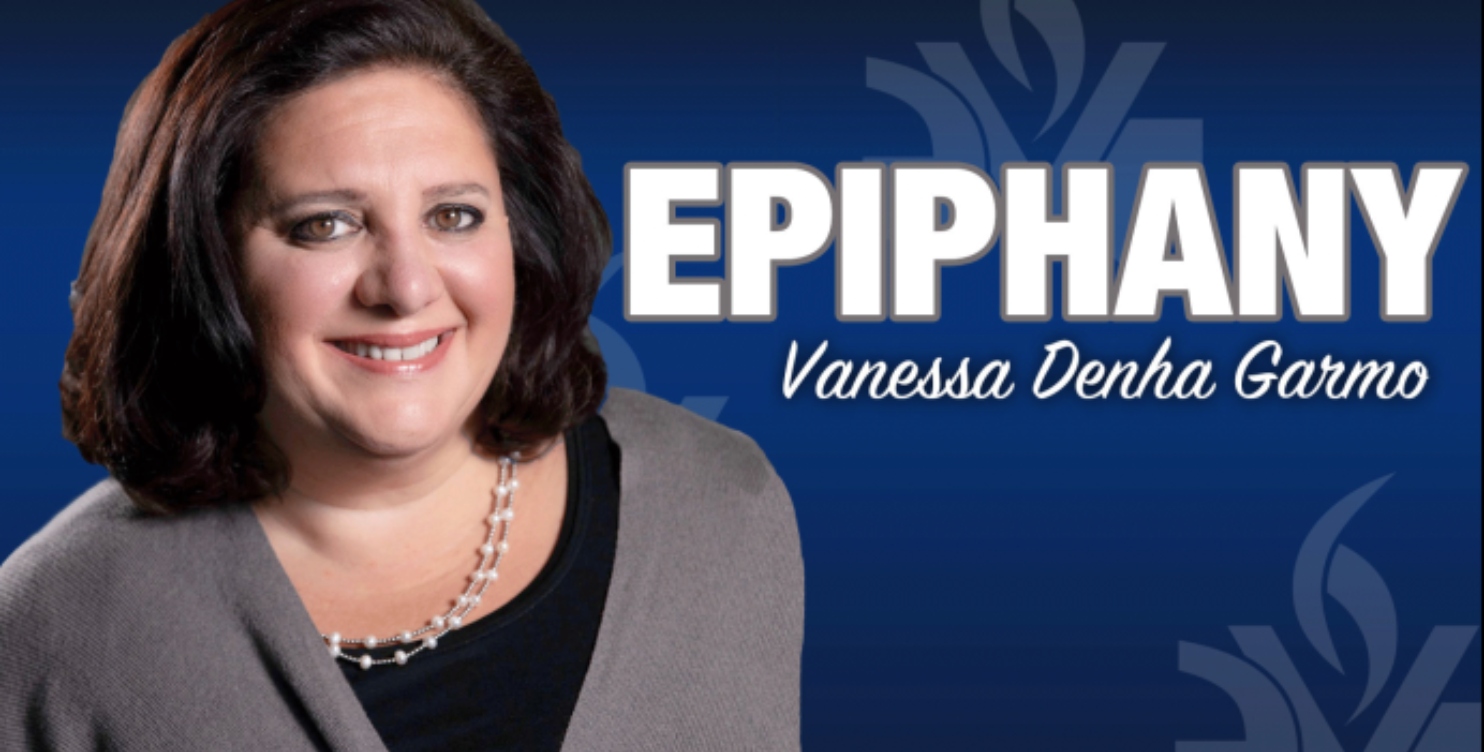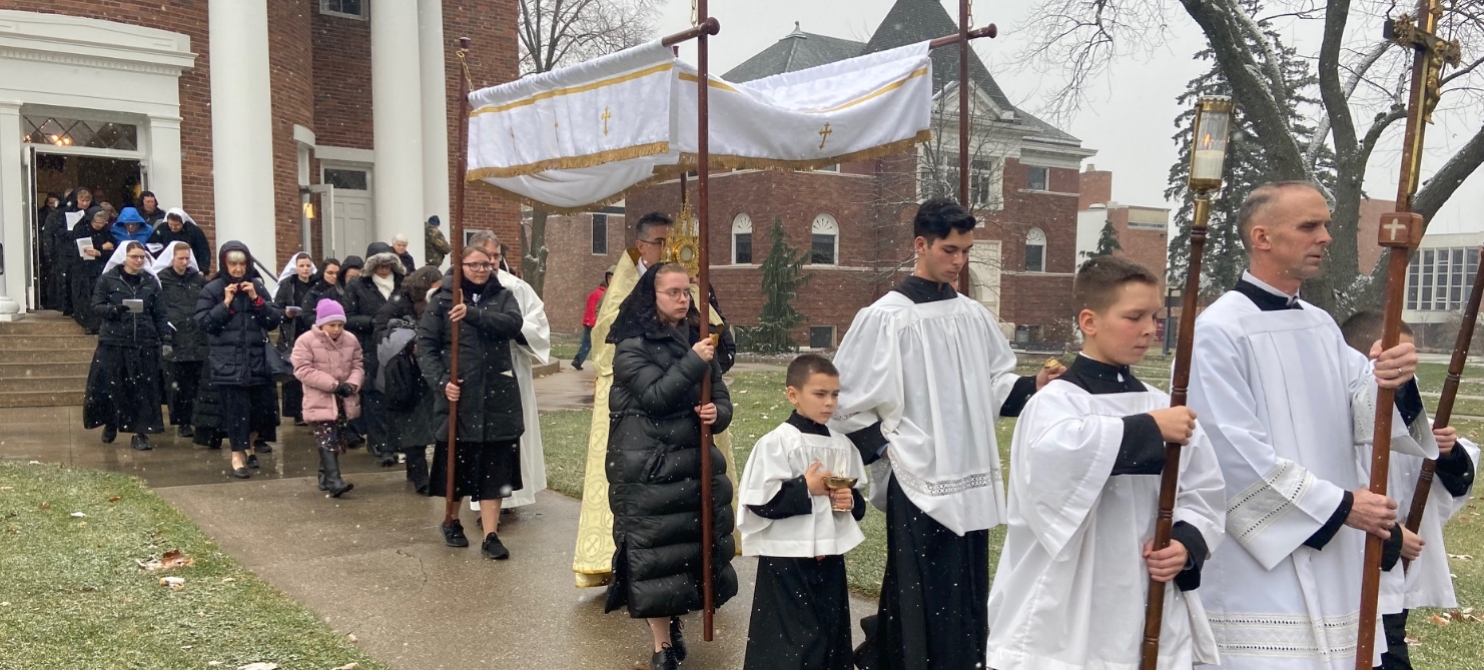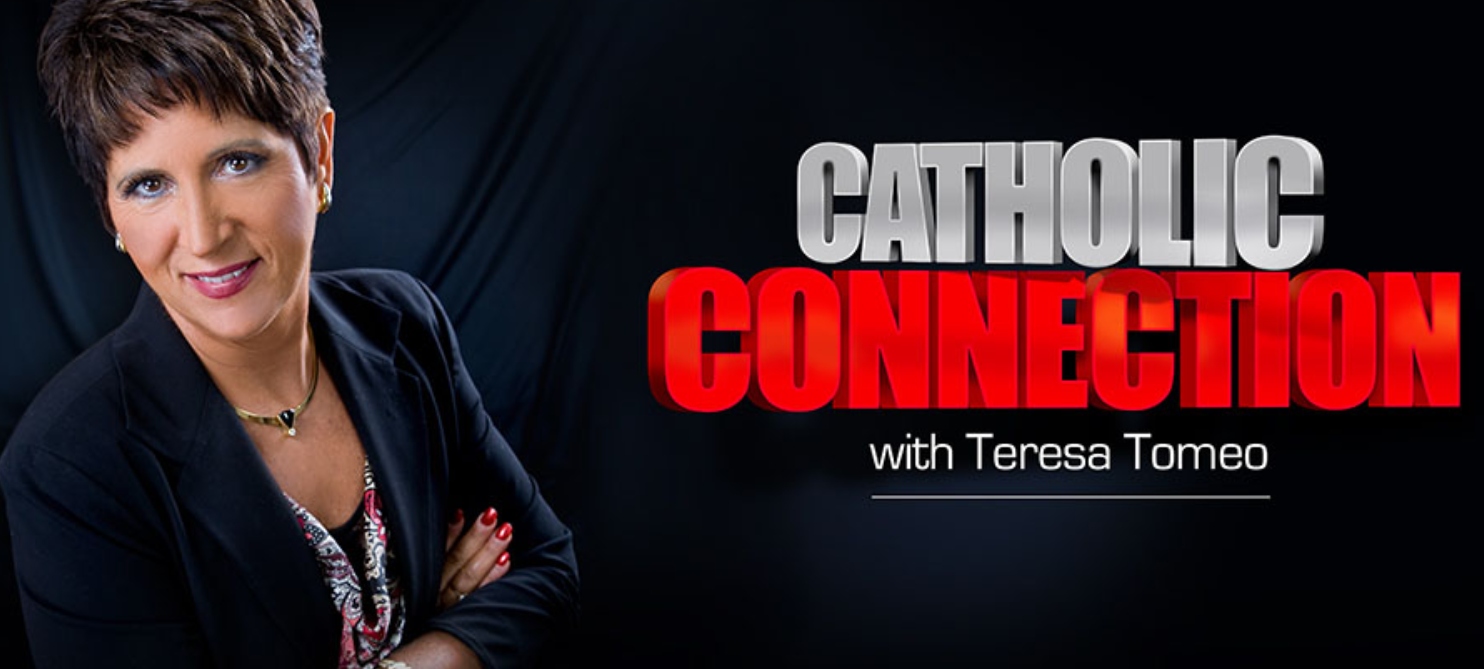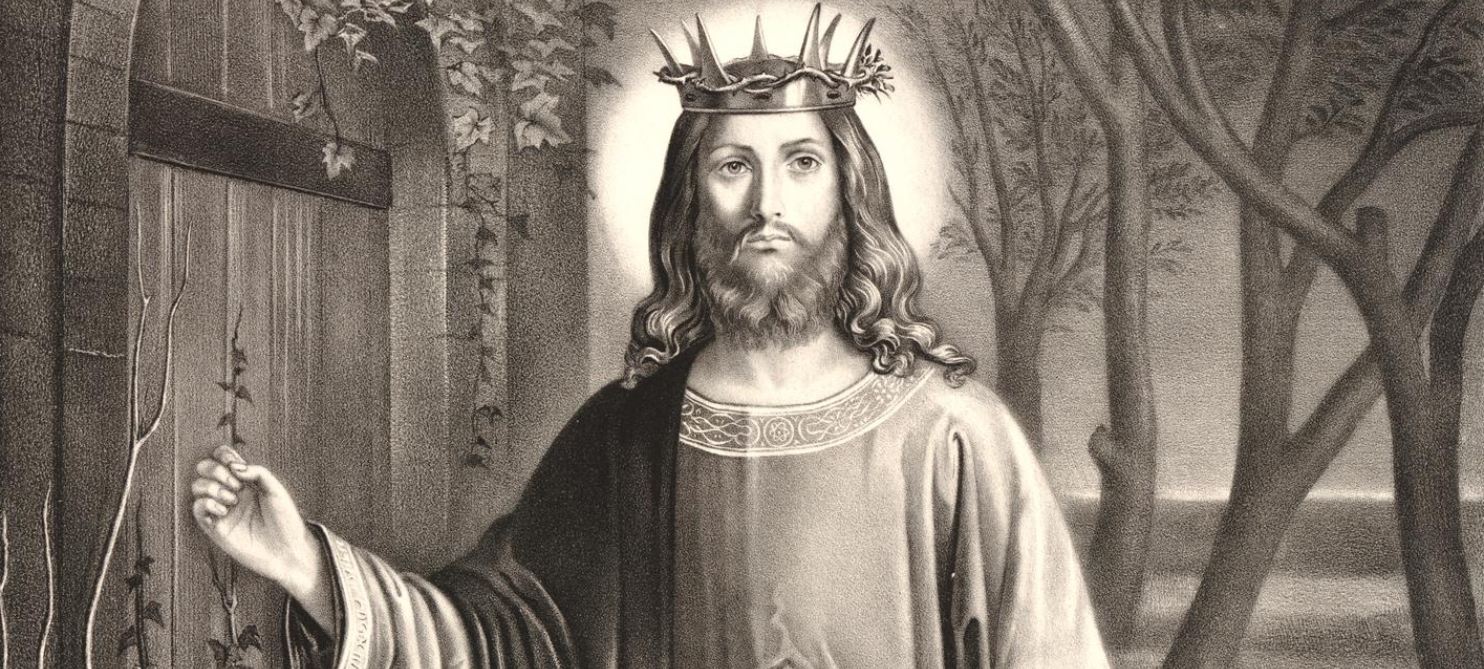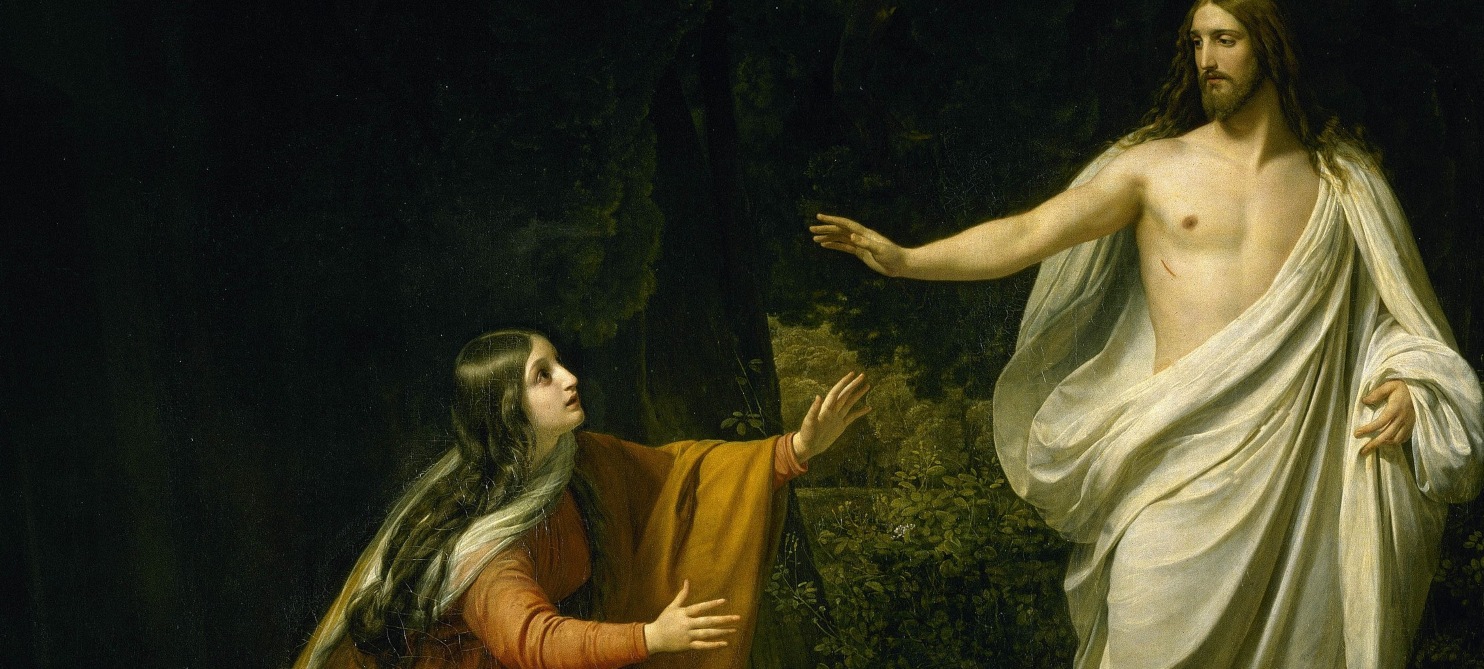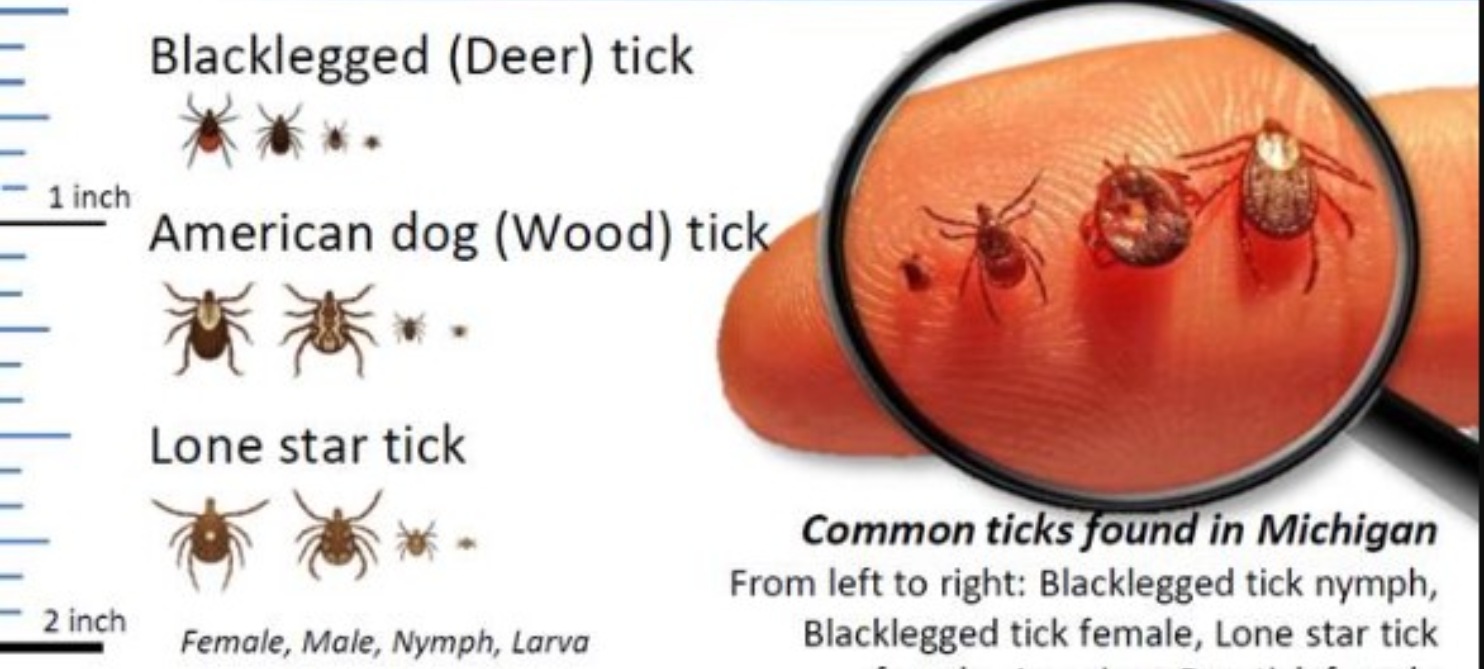During Advent and Christmastide, which continues until the Baptism of the Lord, the Liturgy of the Church is rich with some of the most powerful readings of the year regarding the Incarnation, the plan of God to save man.
For example, Pope St. Leo the Great writes a beautiful letter on the Divine Word taking on a human nature in this way: “To speak of our Lord, the son of the Blessed Virgin Mary, as true and perfect man is of no value to us if we do not believe that he is descended from the line of ancestors set out in the Gospel.”[i] The saint’s powerful letter elucidates this mystery for us. In another letter to Diognetus,[ii] Pope Leo beautifully lays out the mystery in a slightly different way by talking about the “plan” for restoration and redemption.
In some ways, each reading appeals to different aspects of our sensibilities, but the take home point can be summed up in this way: when we were lost and had gone astray,[iii] “God sent his Son, born of a woman, born under the law, to redeem those under the law, that we might receive adoption to sonship”[iv] and “God so loved the world that He sent His Only Son that all who believe in Him shall not perish but have eternal life.”[v]
From Pope St. Leo the Great:
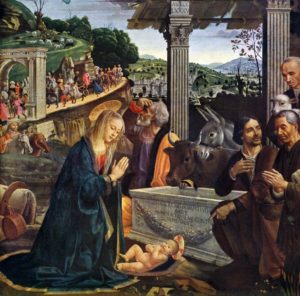
Adoration of the Shepherds
Matthew’s gospel begins by setting out the genealogy of Jesus Christ, son of David, son of Abraham, and then traces his human descent by bringing his ancestral line down to his mother’s husband, Joseph. On the other hand, Luke traces his parentage backward step by step to the actual father of mankind, to show that both the first and the last Adam share the same nature…No mere figure, then, fulfilled the mystery of our reconciliation with God, ordained from all eternity. The Holy Spirit had not yet come upon the Virgin nor had the power of the Most High overshadowed her, so that within her spotless womb Wisdom might build itself a house and the Word become flesh. The divine nature and the nature of a servant were to be united in one person so that the Creator of time might be born in time, and he through whom all things were made might be brought forth in their midst.
For unless the new man, by being made in the likeness of sinful flesh, had taken on himself the nature of our first parents, unless he had stooped to be one in substance (nature) with his mother while sharing the Father’s substance (nature) and, being alone free from sin, united our nature to his, the whole human race would still be held captive under the dominion of Satan. The Conqueror’s victory would have profited us nothing if the battle had been fought outside our human condition. But through this wonderful blending the mystery of new birth shone upon us, so that through the same Spirit by whom Christ was conceived and brought forth we too might be born again in a spiritual birth; and in consequence the evangelist declares the faithful to have been born not of blood, nor of the desire of the flesh, nor of the will of man, but of God. [vi]
And from a letter to Diognetus:
He devised a plan, a great and wonderful plan, and shared it only with his Son. As long as he preserved this secrecy and kept his own wise counsel he seemed to be neglecting us, to have no concern for us. But when through his beloved Son he revealed and made public what he had prepared from the very beginning, he gave us all at once gifts such as we could never have dreamt of, even sight and knowledge of himself.
When God had made all his plans in consultation with his Son, he waited until a later time, allowing us to follow our own whim, to be swept along by unruly passions, to be led astray by pleasure and desire. Not that he was pleased by our sins: he only tolerated them. Not that he approved of that time of sin: he was planning this era of holiness. When we had been shown to be undeserving of life, his goodness was to make us worthy of it. When we had made it clear that we could not enter God’s kingdom by our own power, we were to be enabled to do so by the power of God.
When our wickedness had reached its culmination, it became clear that retribution was at hand in the shape of suffering and death. The time came then for God to make known his kindness and power (how immeasurable is God’s generosity and love!). He did not show hatred for us or reject us or take vengeance; instead, he was patient with us, bore with us, and in compassion took our sins upon himself; he gave his own Son as the price of our redemption, the holy one to redeem the wicked, the sinless one to redeem sinners, the just one to redeem the unjust, the incorruptible one to redeem the corruptible, the immortal one to redeem mortals. For what else could have covered our sins but his sinlessness? Where else could we, wicked and sinful as we were, have found the means of holiness except in the Son of God alone?
How wonderful a transformation, how mysterious a design, how inconceivable a blessing! The wickedness of the many is covered up in the holy One, and the holiness of One sanctifies many sinners.[vii]
To read the whole texts, see these links:
From a Letter by Saint Leo the Great, Pope: The Mystery of Our Reconciliation with God
From a Letter to Diognetus: God Has Revealed His Love Through the Son
NB: “The classical sarcophagus in the picture is not just a manger for the ox and ass. It also has an iconographical significance indicated by the Latin inscription along its front: Ense cadens. Solymo. Pompei Pului[us] Augur Numen. Ait. Quae me conteg[it] Urna Dabit. [While Fulvi(us), augur of Pompey, was falling by the sword in Jerusalem he said: the urn that covers (conceals) me shall bring forth a god]. This is an ancient prophecy by Fulvius. The animals’ manger [sarcophagus] will serve as a crib for the Christ Child. In his Adoration of the Shepherds, Ghirlandaio combines this reference to the Roman classical age with knowledge of Flemish art and turns them into an integrated whole.”[viii]
Ghirlandaio, Domenico. “Adoration of the Shepherds.” Wikimedia Commons. Wikimedia Commons, February 9, 2009. https://commons.wikimedia.org/wiki/File:Cappella_Sassetti_Adoration_of_the_Shepherds.jpg.
[i] Leo, the Great. “From a Letter by Saint Leo the Great, Pope: The Mystery of Our Reconciliation with God.” December 17 – Office of Readings. Accessed December 20, 2020. http://www.liturgies.net/Liturgies/Catholic/loh/advent/december17or.htm.
(Ep. 31, 2-3: PL 54, 791-793)
[ii] “From a Letter to Diognetus: God Has Revealed His Love Through the Son.” December 18 – Office of Readings. Accessed December 18, 2020. http://www.liturgies.net/Liturgies/Catholic/loh/advent/december18or.htm.
(Cap. 8,5-9,6: Funk 1, 325-327)
[iii] Is 53:6
[iv] Gal 4:4b-5
[v] Jn 3:16
[vi] Leo, the Great. “From a Letter by Saint Leo the Great, Pope: The Mystery of Our Reconciliation with God.” December 17 – Office of Readings. Accessed December 20, 2020. http://www.liturgies.net/Liturgies/Catholic/loh/advent/december17or.htm.
(Ep. 31, 2-3: PL 54, 791-793)
[vii] “From a Letter to Diognetus: God Has Revealed His Love Through the Son.” December 18 – Office of Readings. Accessed December 18, 2020. http://www.liturgies.net/Liturgies/Catholic/loh/advent/december18or.htm.
(Cap. 8,5-9,6: Funk 1, 325-327)
[viii] Ghirlandaio, Domenico. “Adoration of the Shepherds 1483-85.” Adoration of the Shepherds by GHIRLANDAIO, Domenico. Web Gallery of Art. Accessed December 19, 2020. https://www.wga.hu/html_m/g/ghirland/domenico/5sassett/shepherd/shepher.html.
January 2, 2021


